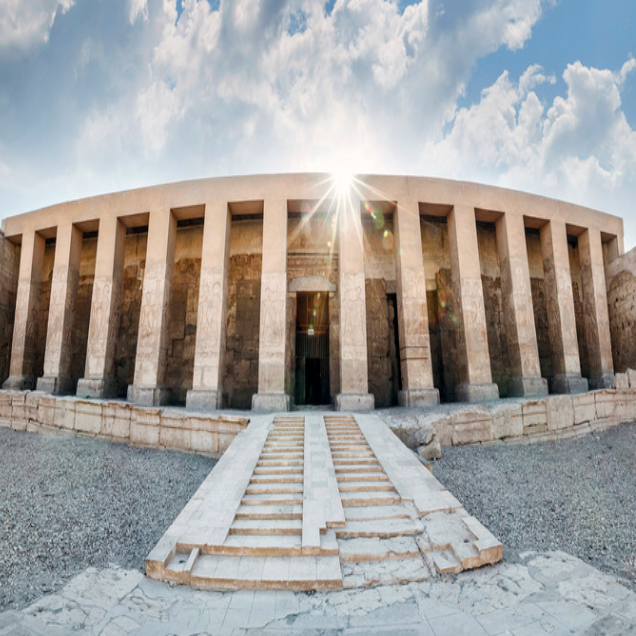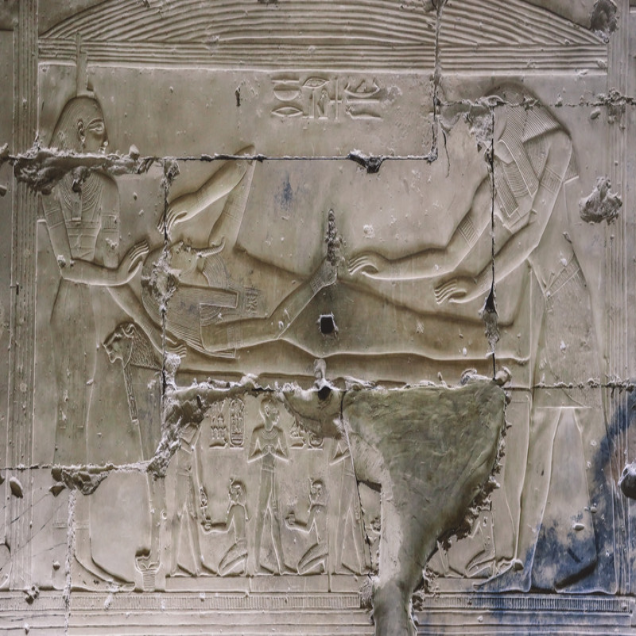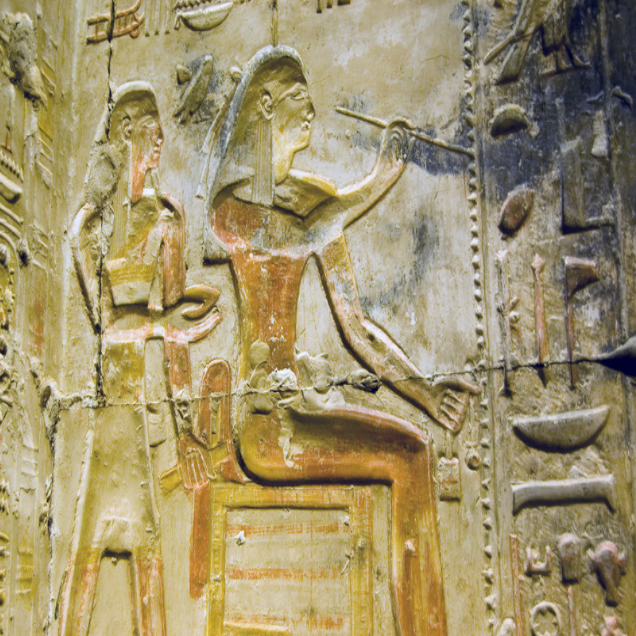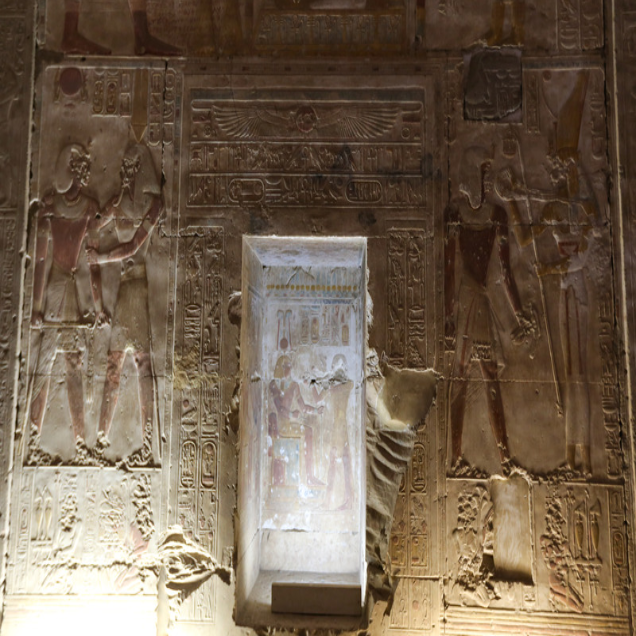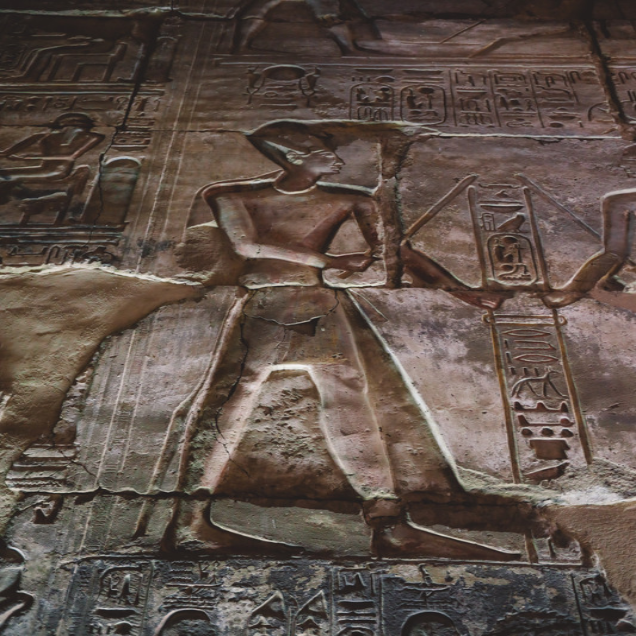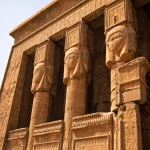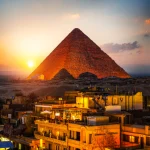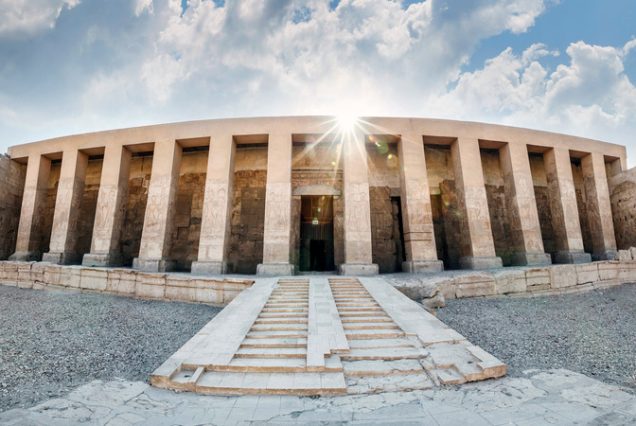Overview
Naqada III (3200–3000 BCE) saw the unification of most of Upper Egypt under Abydos rulers, at the expense of competitor towns like Hierakonpolis.
Many reliefs from the Naqada II period, such the Gebel el-Arak Knife and the frieze of Tomb 100 at Hierakonpolis, depict the battles that led to Abydos' dominion.
Info
Most of Upper Egypt became unified under rulers from Abydos during the Naqada III period (3200–3000 BCE), at the expense of rival cities such as Hierakonpolis.
The conflicts leading to the supremacy of Abydos may appear on numerous reliefs of the Naqada II period, such as the Gebel el-Arak Knife, or the frieze of Tomb 100 at Hierakonpolis.
Tour details
-
Tour Type
Sohag
-
Price
50$ - 500$
-
Categories
Destination
-
Capital
Sohag
-
Language
Arabic, English
-
Currency
Egyptian Pound , U.S. dollar
-
Time Zone
(UTC+3)
-
Drives on the
left
-
Calling code
+ 20
Naqada III (3200–3000 BCE) saw the unification of most of Upper Egypt under Abydos rulers, at the expense of competitor towns like Hierakonpolis.
Many reliefs from the Naqada II period, such the Gebel el-Arak Knife and the frieze of Tomb 100 at Hierakonpolis, depict the battles that led to Abydos’ dominion.
At Umm El Qa’ab, tombs and at least one temple belonging to Predynastic kings, including those of Narmer, who lived around 3100 BCE, have been discovered.
The cemetery was always in use, and the town and temple were periodically rebuilt all the way up to the Thirty Dynasty.
All of the First Dynasty’s pharaohs, including Aha and Narmer, who is seen as the dynasty’s founder, were interred in Abydos. This was the period when the Abydos boats were built.
Additionally interred in Abydos were a few Second Dynasty pharaohs. These pharaohs also renovated and expanded the temple.
